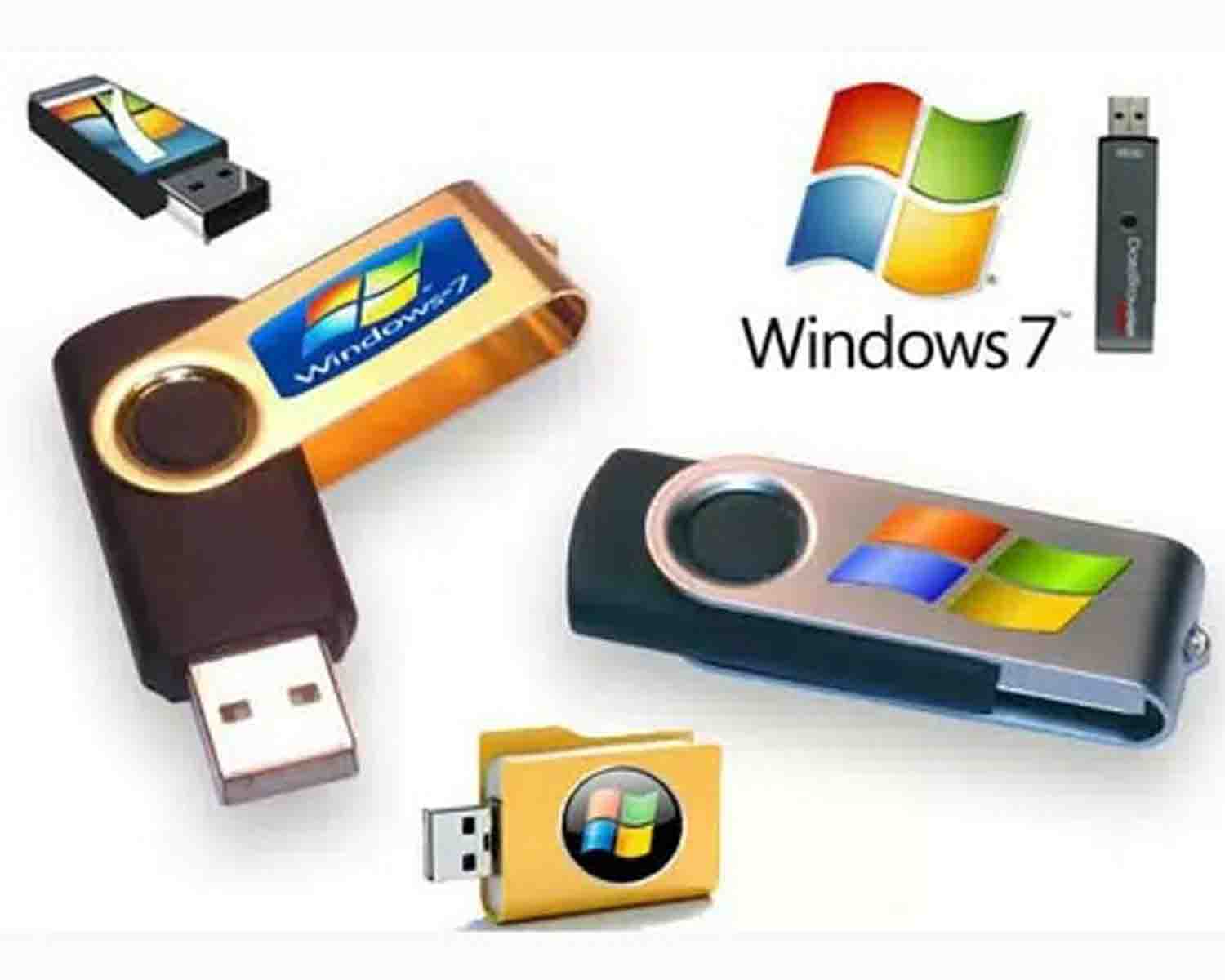
To install those packages on Fedora, CentOS, or RHEL, run sudo yum install gcc make gettext. To compile the source code, install the following packages: gcc, make, and gettext (the package names should be the same on Fedora, CentOS, RHEL, Ubuntu, and Debian). You will need program ms-sys to write a Master Boot Record (MBR) to the USB drive. Sudo mkfs.ntfs -f /dev/sdX1 Install ms-sys

To install it on Ubuntu or Debian, run sudo apt-get install ntfs-3g. To install it on Fedora, CentOS, or RHEL, run sudo yum install ntfs-3g. You will need the Linux NTFS userspace driver installed. Format the New Partition on the USB Drive as NTFS Next, go to the section titled Format the New Partition on the USB Drive as NTFS. Finally, type w and Enter to write the changes.To verify everything worked, type p and Enter and make sure the Boot column has an asterisk (*) set and the Id column is set to 7.Type 1 and Enter to turn on the Boot flag. Type 7 and Enter to change the type to HPFS/NTFS/exFAT.

Type t and Enter (Partition 1 is automatically selected because it’s the only partition).Type 1 and then type Enter three times to create one new primary partition that uses all available space. Delete all the current partitions by typing d then Enter for each partition.Type p and Enter to print the current partition table.Once you are in the fdisk interactive menu, partition the USB drive with the following steps: Everything done using parted is executed in real time.): Once you are in the parted interactive menu, partition the USB drive with the following steps (Make sure you are using parted on the right device ID. In either case, make sure you are making changes to the correct device. Changes made using fdisk can be reverted as long as those changes have not yet been written to the device.

Use the command you are more familiar with.Ĭhanges made using parted cannot be reverted because they are executed in real time to the device. I am not, nor is anyone else, responsible for any potential data loss.Įither parted or fdisk can be used to partition the USB drive. Sudo umount /dev/sdX Partition the USB Driveĭisclaimer: The following steps will erase everything on your USB drive. Once you figure out the USB drive’s device ID, be sure to unmount it before continuing: On Ubuntu or Debian, run sudo tail -f /var/log/syslog. On Fedora, CentOS, or RHEL, run sudo tail -f /var/log/messages. If not, you can see what device ID is assigned to the USB drive by running df -h or mount or lsblk.Īdditionally, syslog can be monitored to find the device ID. Most modern Linux distributions should automount the USB drive.

Make Bootable Windows 7 USB on Linux OS using Command Line


 0 kommentar(er)
0 kommentar(er)
